I remember, when I was younger, how much I didn’t want to be like other girls. I prided myself on never falling into the “Twilight” rabbit hole, I wore my dislike for One Direction like a badge of honor, and I refused to put effort into my appearance.
Now that I look back on it, I wasn’t “unlike other girls.” I was exactly like other girls in that I was ashamed to be a girl and conditioned to think that way by a society that deems boyish hobbies to be “cool” and girly interests to be “cringe.”
The phenomenon of teenage girl mania is nothing new. Just as girls today fawn over K-pop stars, girls in the ’90s fawned over the Backstreet Boys and girls in the ’60s fawned over The Beatles.
And it doesn’t stop there. Fangirls have been around for, well, about as long as attractive male celebrities have existed.
Although it’s hard to pinpoint a jumping-off point for fangirls, Lord Byron, a writer from the early 19th century, was one of the original heartthrobs to inspire such a cult following. According to the Telegraph, Byron actually received fan mail detailing the fantasies and love he inspired in his female audience.
“Why, did my breast with rapture glow?/ Thy talents to admire? Why, as I read, my bosom felt?/ Enthusiastic fire,” wrote one such fan.
Such devotion ranged from brooding poets to dashing movie stars and even pianists. Around the same time as Byron, Franz Liszt’s prodigious skill at the piano and striking good looks inspired the phenomenon dubbed “Lisztomania.”
When Liszt embarked on his tour across Europe in 1839, nobody could have predicted the huge crowds he would draw. By the time Liszt arrived in Belgium in 1841, he had literally attracted a frenzied following of women who would throw themselves — and their belongings — at him. Fights would break out over a broken piano string and women would even occasionally faint at his concerts.
Nearly 100 years later, artists such as Frank Sinatra and Elvis Presley would inspire the same devotion in a different generation of teenage girls. But perhaps the most famous source of all teenage girl fantasies is the British phenomenon The Beatles. Consisting of John Lennon, Ringo Starr, Paul McCartney, and George Harrison, these four young men slowly but surely took over the world.
In the age before social media, nearly 34% of all Americans tuned in to the Ed Sullivan Show to watch The Beatles perform, or 73 million people. That’s more than the entire population of the Midwest combined.
The Beatles were truly the first teenage girl phenomenon. The screaming fans and patronizing media coverage are all too familiar to similar articles written about other musical acts targeted at teenage girls, such as NSYNC, One Direction, and most recently, BTS.
And now, 50 years later, referring to The Beatles as anything other than musical deities will get you attacked by middle-aged white men who claim that you have no taste. Yes, the same men who so publicly shame bands such as BTS for daring to be appealing to teenage girls (sound familiar?).
The truth is, it’s not the quality of music or its messages that the media and society, in general, are ridiculing. No, it’s the feminine appeal that these bands and celebrities hold.
And this isn’t just true for music.
While books such as “Twilight,” heavily featuring female fantasies, were deemed an embarrassment, scantily clad women in comic books aimed at teenage boys were somehow perfectly acceptable.
I’m not endorsing the stalker-ish undertones in “Twilight,” but I find it strange that while soft porn in comic books was dismissed for the longest time as simply “boys being boys,” much milder female fantasies were being called out for being embarrassing and cringey. Because what’s cringier: a man who innately understands your deepest desires, or scantily clad women brandishing BDSM-esque whips to appeal to the male gaze?
Now, half-way through my teenage girl years, so to speak, I’m seeing this trend of shaming teenage girl interests in the hate for VSCO girls, which mainly focuses on the lifestyle of girls who supposedly wear coral shell necklaces, drink from Hydro Flasks, and tote around metal straws everywhere to “save the turtles.”
The question is: do we ridicule male “hypebeast” culture as much as we do VSCO girl culture? No, we don’t. We don’t snicker about that boy we see in the hallway wearing head to toe Supreme as we would with a girl in a messy bun, oversized t-shirt, and Fjällräven Kånken backpack.
The point of this article isn’t to say, “Let’s make fun of boys too!” It’s to make you aware of the biases of society that implicitly favor male interests over female ones.
Throughout history, teenaged girls have been patronized and their passions deemed hysterical or embarrassing. So before you “sksksksk” at Emma from math class about her style that makes her feel good about herself, think twice about the message that you are unconsciously endorsing.


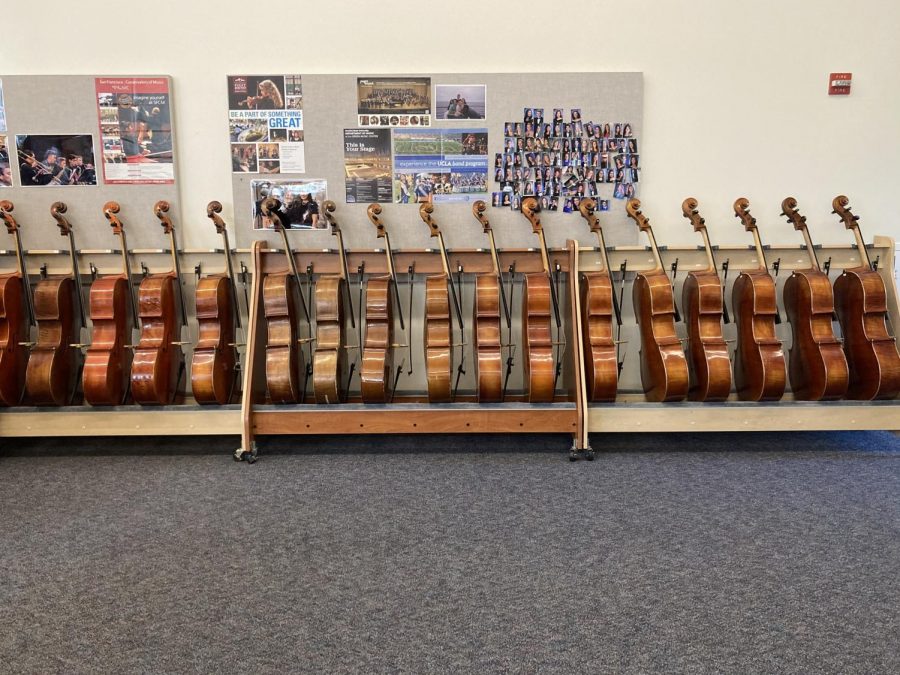
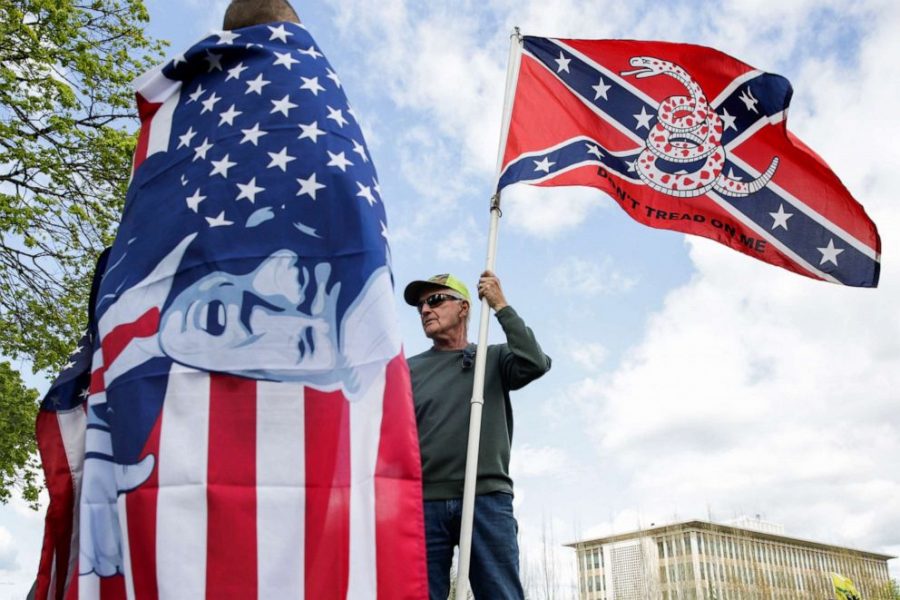
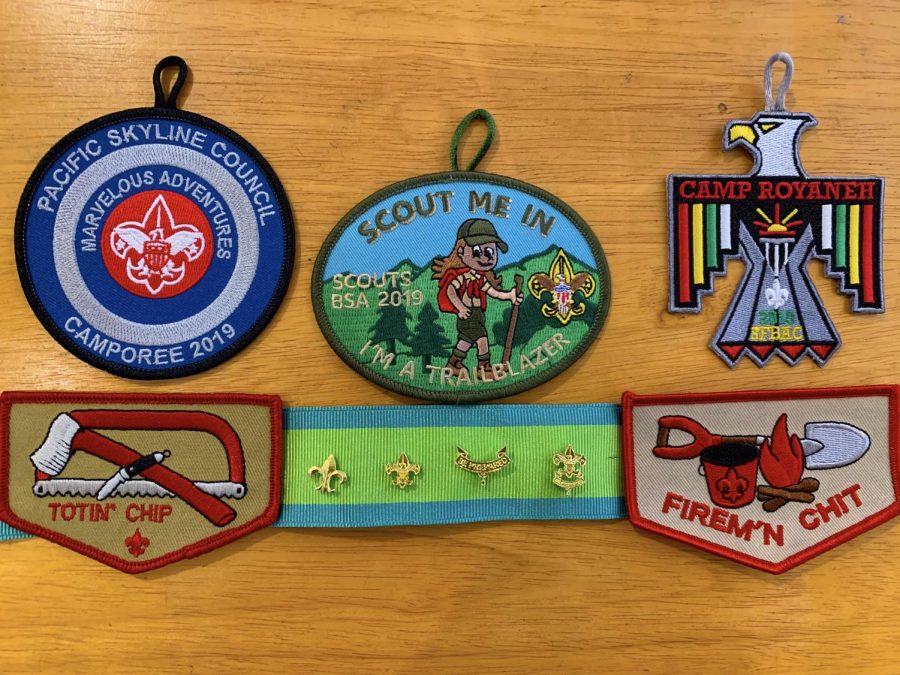

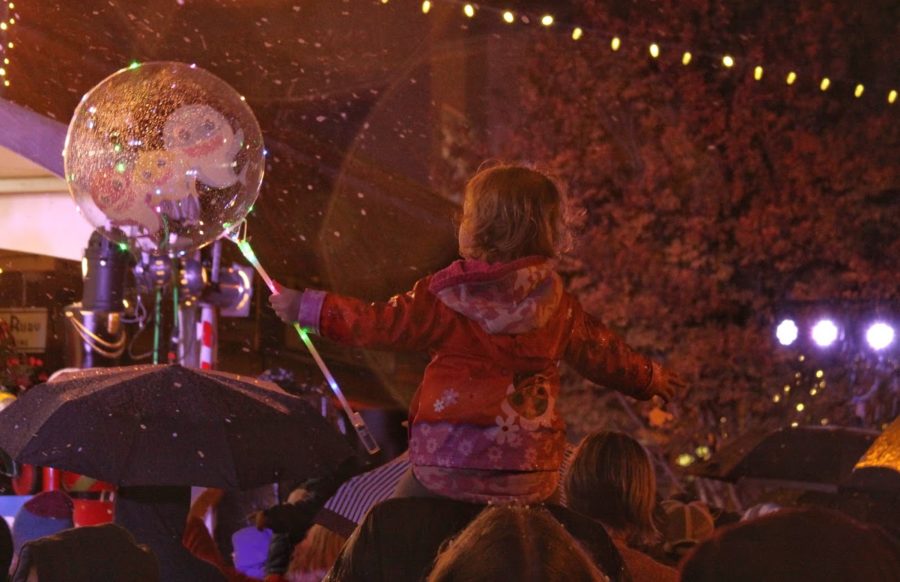
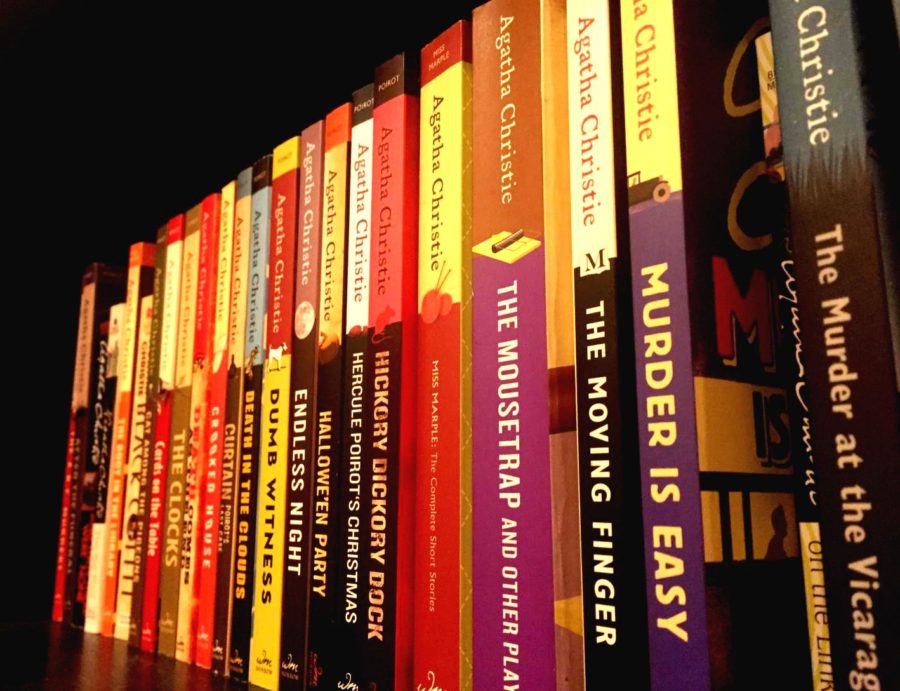

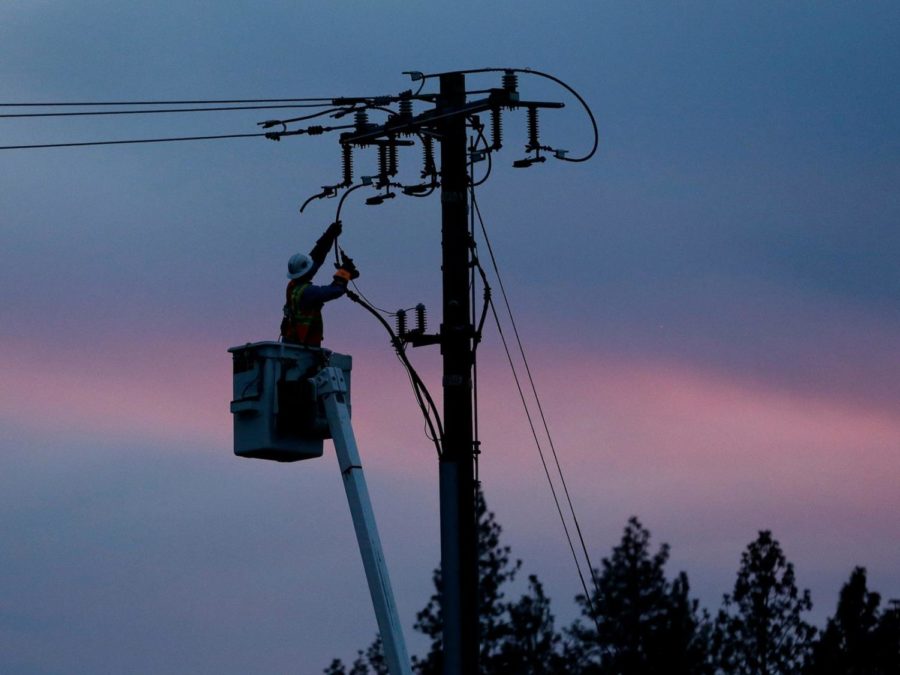










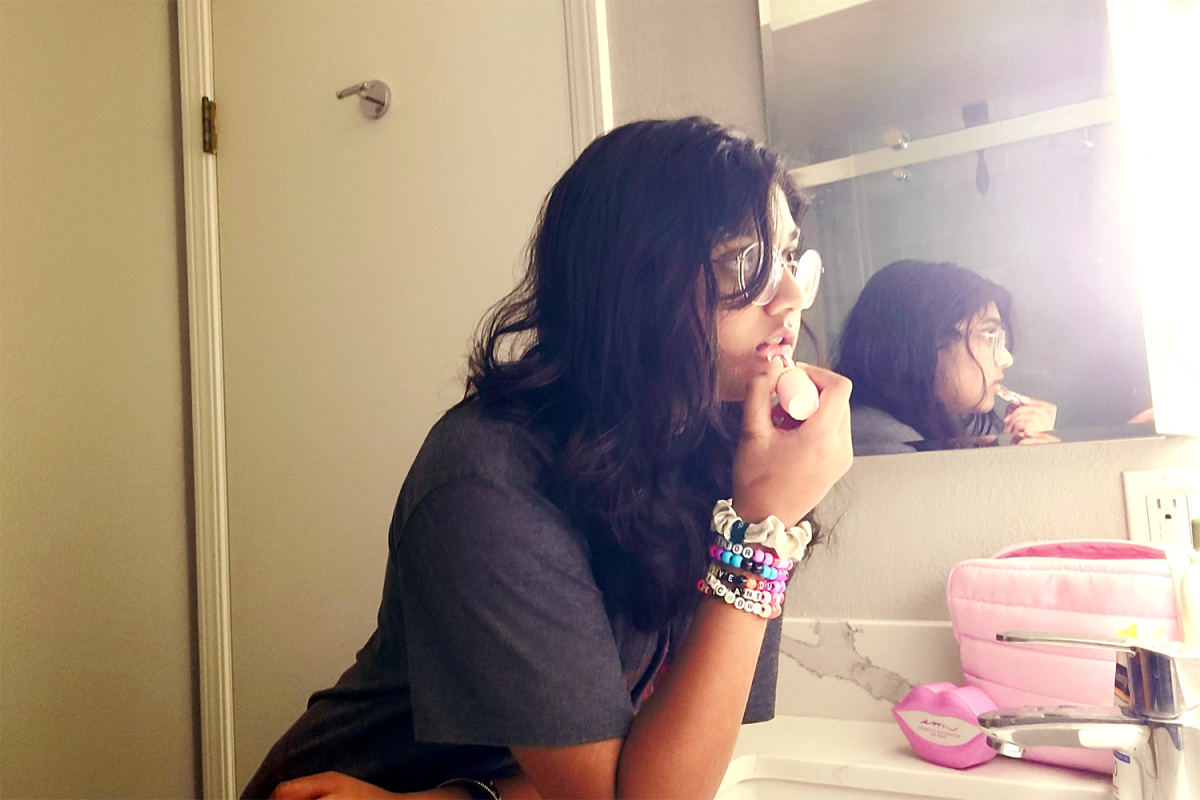


Nick • Oct 4, 2019 at 10:39 am
You need to get out in the world more and meet more people. There are people who hate hype beast more than vsco girls. Its all a matter of perspective on who you see as getting more hate. Why even worry about these trends like all thing there are the supporters, the haters, and the indifferent.